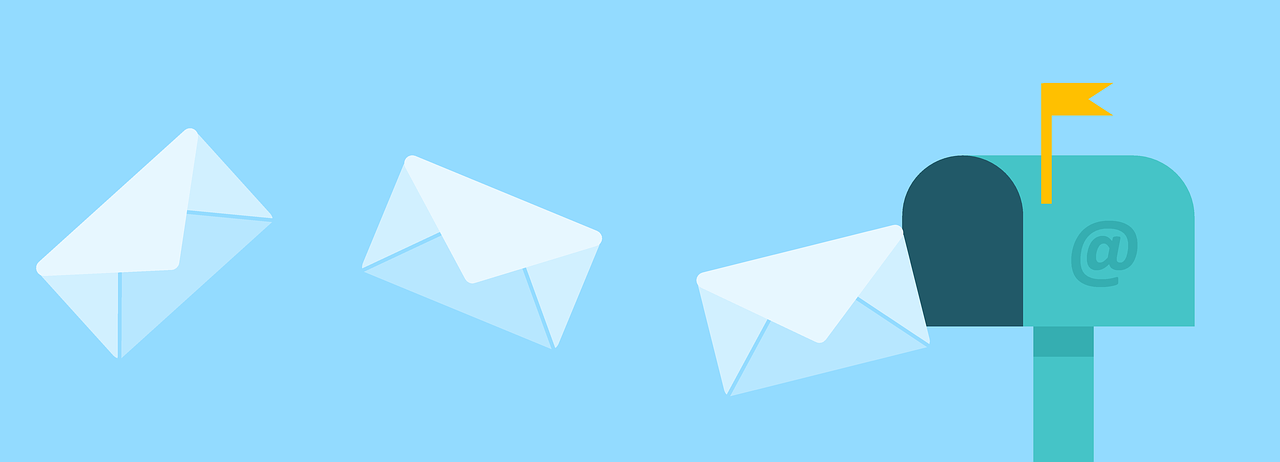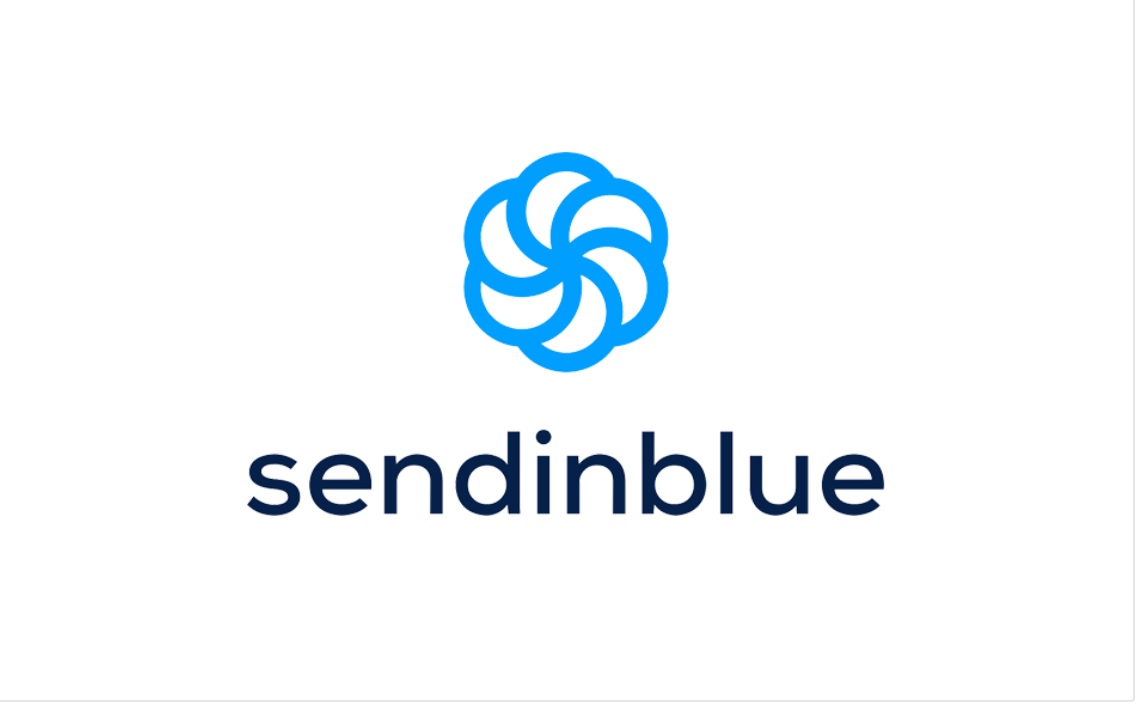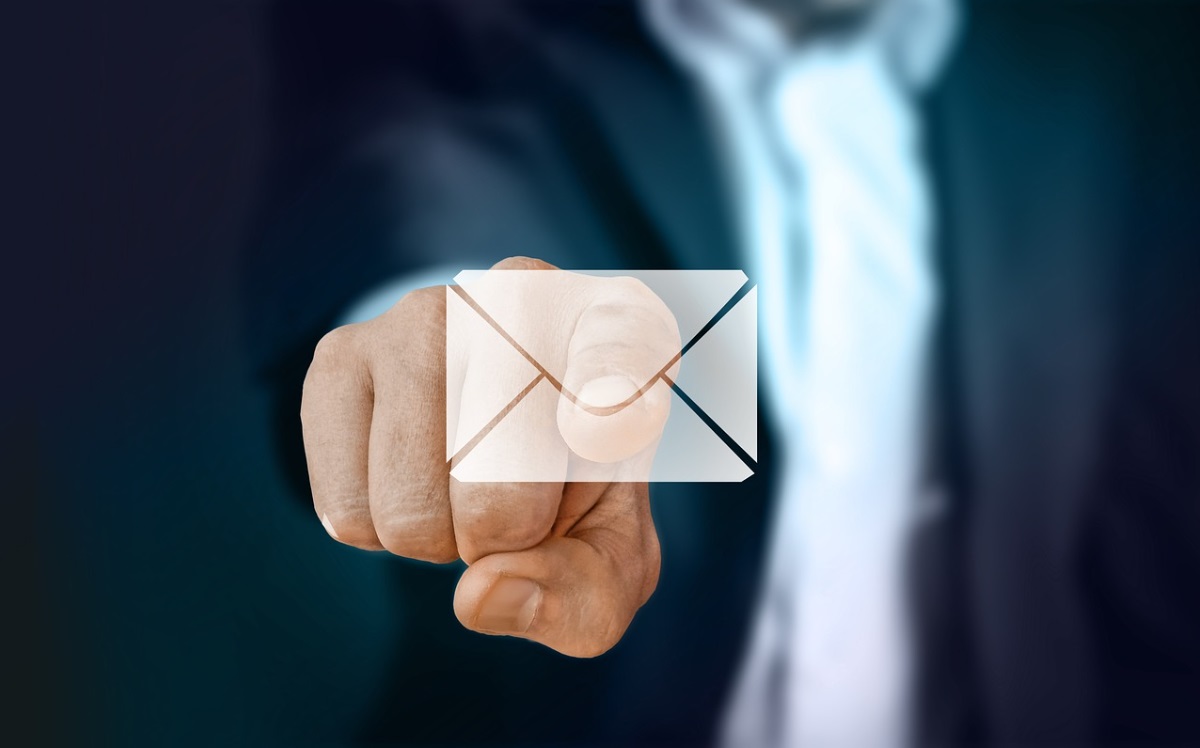As a business owner or marketing manager, you’re always looking for ways to increase your return on investment (ROI) and generate more leads. One of the most effective channels for doing this is through email marketing. B2B email marketing campaigns can help you connect with your target audience, build relationships, and ultimately drive sales. In this article, I’ll introduce you to 5 proven strategies for successful B2B email marketing campaigns that will help you maximize your return on investment.
Introduction to B2B email marketing
Email marketing is a digital marketing strategy that involves sending promotional messages or newsletters to a group of people via email. B2B email marketing, on the other hand, is a form of email marketing that targets business-to-business (B2B) customers. This type of marketing involves sending emails to other businesses for the purpose of generating leads, building relationships, and driving sales.
B2B email marketing is a cost-effective way to connect with your target audience. It allows you to reach large numbers of prospects with a personalized message that can be tailored to their specific needs. By using targeted email campaigns, you can maximize your marketing efforts and increase your chances of success and achieving your desired results.
Benefits of B2B email marketing
B2B email marketing has many advantages. First of all, it is cost effective compared to other traditional marketing channels such as print, radio or TV. Second, it’s easy to track and measure the ROI of your email marketing campaigns. By analyzing the open rates, click-through rates, and conversion rates of your emails, you can optimize your campaigns for better results.
Another advantage of B2B email marketing is that it is highly targeted. You can segment your email list based on various criteria such as: industry, function or location, and send targeted messages to each segment. You can thus adapt your message to the specific needs of each group and increase the effectiveness of your campaigns without necessarily mastering prospecting .
Types of B2B Email Marketing Campaigns
There are several types of B2B email marketing campaigns you can use to connect with your target audience. Here are some of the most common:
Newsletter campaigns
Newsletter campaigns are a great way to keep your subscribers up to date with what’s going on with your business. They may be used to share company information, product updates, industry information or promotional offers. Newsletters allow you to stay in touch with your audience and build brand awareness.
Promotional campaigns
Promotional campaigns are designed to drive sales and generate leads. They may include special offers, discounts or free trials. Promotional emails should be compelling and persuasive, with a clear call to action that encourages recipients to take action.
Event Invitation Campaigns
Event invitation campaigns are used to promote upcoming events such as: webinars, conferences or trade shows. They can be used to generate interest and increase participation. Event invitation emails should be informative and engaging, with clear event details and a strong CTA.
Lead nurturing campaigns
Lead nurturing campaigns are designed to build relationships with potential customers and bring them closer to a sale. They can include educational content such as white papers, e-books or case studies. Nurturing emails should be personalized and match the recipient’s interests and needs.
Strategy 1: Build a list of targeted email addresses
The success of your B2B email marketing campaigns depends on the quality of your email list. Building a list of targeted email addresses is the first step to a successful campaign. Here are some tips for building a targeted email list:
Identify your target audience
Before you start building your email list, you need to identify your target audience. Who are your ideal customers? How to develop the profile of your ideal client ? What are their needs, difficulties and areas of interest? Once you have a clear idea of your target audience, you can start building your email list.
Use signup forms
Signup forms are a great way to collect email addresses from website visitors. You can place opt-in forms on your website, blog, or landing pages to capture leads. Make sure your forms are easy to find and offer something of value in exchange for the visitor’s email address.
Take advantage of social media
Social media is a great way to promote your email list and attract new subscribers. You can use social media platforms such as LinkedIn, Twitter, or Facebook to promote your email campaigns and invite people to sign up.
Strategy 2: Write Compelling Email Subject Lines and Content
The subject line and content of your email are critical to the success of your B2B email marketing campaigns. These are the first things recipients see and can determine whether they open or delete your message. Here are some tips for writing compelling email subject lines and content:
Short and clear subject lines
Your subject line should be short and clear, with a maximum of 50 characters. It should present the main benefit of your message and entice the recipient to open it. Avoid using unwanted words like “free” or “urgent” as they can trigger spam filters and lower your open rate.
Use personalization
Personalization can increase the effectiveness of your email campaigns. Use the recipient’s name in the subject line and salutation, and personalize your email content to suit their interests and needs. Personalization can help you build a relationship with your audience and increase the chances of conversion.
Use a clear call to action (CTA)
Your email should include a clear and compelling call to action that encourages the recipient to take action. The call to action should be prominent and easy to find. Use action-oriented words such as “sign up”, “download” or “subscribe” to make your CTA more effective.
Strategy 3: Email Campaign Personalization and Segmentation
Personalization and segmentation are two important strategies that can increase the effectiveness of your B2B email marketing campaigns. Personalization is about tailoring your message to each recipient’s specific needs and interests, while segmentation is about dividing your email list into smaller groups based on various criteria. Here are some tips for personalization and segmentation:
Use dynamic content
Dynamic content allows you to personalize your email content based on recipient interests and behavior. For example, you can present different products or offers based on the recipient’s previous purchases or visits to the website. Dynamic content can increase the relevance and effectiveness of your email campaigns.
Segment your email list
Segmenting your email list allows you to send targeted messages to specific groups of recipients. You can segment your list based on various criteria such as industry, function or location. By sending targeted messages to each segment, you can increase the relevance and effectiveness of your campaigns.
Use triggered emails
Triggered emails are automated emails that are sent based on specific actions or behaviors. For example, you can send a welcome message when someone signs up for your mailing list, or a follow-up message when someone abandons their cart. Triggered emails can increase engagement and conversion rates.
Strategy 4: Timing and Frequency of Email Campaigns
The timing and frequency of your email campaigns can have a significant impact on their effectiveness. Here are some tips on scheduling and frequency:
Determine the best time to send emails
The best time to send emails depends on your target audience and the purpose of your email. In general, Tuesdays, Wednesdays and Thursdays are the best days to send emails. The best time of day to send emails is between 10 a.m. and 12 p.m. or between 2 and 4 p.m.
Determine the optimal frequency
The optimal frequency of your email campaigns depends on your audience and the purpose of your email. In general, it is recommended to send one or two emails per week. However, you should experiment with different frequencies to determine which is best for your audience.
Use A/B testing
A/B testing lets you test different elements of your email campaigns to see what works best. You can test different subject lines, email content, CTAs, or send times to improve your campaigns over time.
Strategy 5: Track and Analyze Email Campaign Metrics
Tracking and analyzing the performance of your email campaigns is critical to their success. This allows you to identify what works and what doesn’t, and make data-driven decisions to improve your campaigns. Here are some key metrics to track:
The opening rate
Open rates measure the percentage of recipients who opened your email. A high open rate indicates that your subject line was compelling and the recipient was interested in your message.
Click-through rate
Click-through rate measures the percentage of recipients who clicked on a link in your email. A high click-through rate indicates that your email content and CTA were compelling and that the recipient was interested in your offer.
Conversion rate
Conversion rates measure the percentage of recipients who took the desired action, such as making a purchase, filling out a form, or subscribing to a service. A high conversion rate indicates that your email campaign got the action you wanted.
Best Practices for B2B Email Marketing
Here are some best practices to keep in mind when creating B2B email marketing campaigns:
- Keep your emails short and to the point.
- Use a clear and compelling subject line.
- Personalize your emails according to the recipient’s interests and needs.
- Segment your email list to send targeted messages.
- Use a clear and compelling CTA.
- Test different elements of your email campaigns to improve their effectiveness.
- Track and analyze your email campaign metrics to make data-driven decisions.
Conclusion and next steps
B2B email marketing campaigns can help you connect with your target audience, build relationships, and drive sales. By following the five proven strategies outlined in this article, you can maximize your return on investment and get the results you want. Remember to target your emails, personalize and tailor them to your audience, and use data to optimize your campaigns over time. With the right approach, B2B email marketing can be a very effective channel to grow your business.
How can I improve my email marketing open rate?
What is the best frequency to send marketing emails?
How can I increase my conversion rate for email marketing?
What are the current trends in email marketing?
How can I measure the effectiveness of my email marketing campaign?
How can I prevent my marketing emails from being considered spam?










